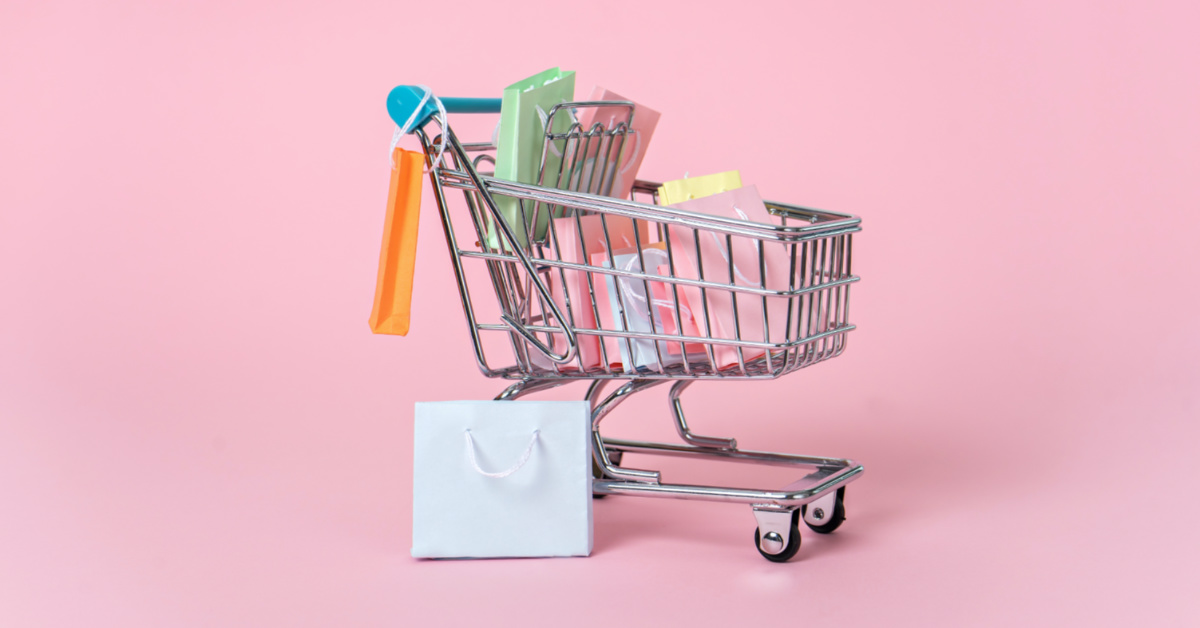How To Transform Online Seasonal Marketing Into Offline Sales Once Lockdown Lifts 


The COVID-19 Pandemic has changed the business landscape forever. In this period of uncertainty, it’s time to look towards Christmas for business recovery. Why? Christmas represents the spirit of giving and community.
For the retail world, Christmas represents opportunity. The breadth of the festive season (which now runs for a couple of months as far as consumers are concerned) is a bonanza for savvy sellers. These days, the focus tends to go towards the ecommerce world — convenient shipping that’s perfect for panic buys, doesn’t require dealing with crowds, and can continue operating even when lockdown measures are keeping retail stores closed.
As a result, seasonal marketing budgets veer heavily towards the digital marketplace. But we’re already seeing tentative efforts to get brick-and-mortar stores back up and running, and there’s a really solid chance that the first seasonal period in a world bouncing back from a pandemic will see a huge resurgence in interest. So what if you wanted to adopt a hybrid approach?
What if you wanted to do your marketing online but also take advantage of the seasonal hype to do some offline selling? In this piece, we’re going to detail why you should pursue offline sales once lockdown lifts, how you can easily sell offline in that situation, and how you could adjust your marketing to blend your online and offline activities. Let’s get to it.
Why Offline Selling Is Worth Pursuing
There’s a strong cyclical element to the marketing world. Here’s how it works. One method rules supreme for some time, then an exciting new contender comes along to grab the spotlight, and people start to move from the former to the latter. After all, the former is crowded and dated. The new method performs so well that people lose interest in the old one.
After a while, though, the new method becomes so standardised that it no longer feels fresh. To make things worse, that position of dominance means that it’s the default option. That’s when some marketers start to look back at the old method and reconsider its value. They know it works because it used to be the biggest and best option. They also know that relatively few people are doing it, which means it once again has the power to stand out. What’s new gets old soon enough, and what’s old becomes new again.
That’s exactly what was already happening to offline retail before COVID-19 struck, and the lockdown has only made traditional retail more appealing in principle. Many brick-and-mortar retailers are struggling, yes, but you can reap some healthy profits if you wait for the perfect time to launch after lockdown is lifted, do it well, and exploit the spiking interest in wandering around high streets and malls. You have the chance to stand out by actually being there in front of someone, entering into friendly conversation with them, and showcasing a tangible product they can hold, use, smell, or taste.
How to run a pop-up shop
If you operate online, it’s unlikely (from a statistical standpoint) that you have a physical store, so you might wonder how you’d sell offline. The answer is by setting up a pop-up shop, which sounds more polished than it is. In reality, it’s just a temporary setup from which you can sell your products, meaning you don’t even need a stall — if you wanted to just stand around with a portable POS system, that would still count as a pop-up shop.
Due to the rapid advancement of mobile data infrastructure and smartphones (as well as tablets), you no longer need a conventional system to process payments: you just need internet access and the right system to take advantage of it. Some CMS providers have developed solutions to make offline sales that sync seamlessly with online stock (Shopify POS can even provide customised mobile hardware, allowing you to handle transactions on one tablet), so you don’t have to worry about keeping your offline and online orders in line.
Contactless payment will be key, even after people feel sufficiently safe and emboldened to start shopping offline again, so forget about cash and keep your distance. Location and timing are both important. You want to find a place (or places) that will have enough people who might be interested in what you have to offer, but not so many people that they’ll get concerned about safety or start to endanger one another.
Tips for pushing offline sales with online marketing
Now that we’ve covered why offline sales matter, and how you can handle the practicalities, let’s get to some key tips for using digital marketing to drive those pop-up shop sales in a post-pandemic retail marketplace:
- Get active on social media. Social media is going to be a huge component of your activity, so you’ll need to start talking about your offline appearances as early as you can (while remaining in season, of course). Concentrate on the location by searching for people talking about it, then reach out to those people to explain what you’re going to offer and why they should be interested. Additionally, reassure them about the protective measures you’re using: people won’t want to buy from you if they suspect that you don’t disinfect your products before selling them.
- Promote compelling deals. Because buying online is so easy (and buying in-person will still be somewhat scary when we no longer need to stay at home most of the time), there needs to be a strong reason for someone to make a concerted effort to visit your pop-up shop. The best option is to promote some compelling deals. You could sell an offline-exclusive special edition with limited stock, for instance, or give a major discount (this could be dangerous, but if you’re selling various things and you discount 1, it should be fine — plus it’s the norm for seasonal retail).
- Offer incentives for UGC. UGC, or user-generated content, is fantastic for organically driving interest in your pop-up shop. If someone posts a selfie at your shop and expresses positive sentiments (being careful to note your safety measures), it can push their followers to visit as well. You’ll need incentives, though. You could offer an extra discount for everyone who posts such a photo, or enter everyone posting about your shop into a prize draw of some kind.
- Get PPC ad impressions. PPC advertising is consistently effective, extremely configurable, and rapidly deployable, so it’s perfect for this type of thing. The key is to focus on impressions instead of clicks (here are some tips for doing this in Facebook Ads). Target people who live in or near the area (or areas) you’ll be appearing in (particularly since many shoppers will be reluctant to travel too far from their homes to shop), and get your message across as clearly as you can. If it helps for one shop, try increasing the budget for the next one to see how that works.
While the bulk of your seasonal retail attention will inevitably go towards online sales, particularly in a world ravaged by the COVID-19 pandemic, you stand to benefit significantly from working offline retail into the mix if you’re ready to wait until traditional retail starts to reopen and choose the perfect time to attempt it. Consider setting up a mobile POS system and taking to some notable locations to sell in person, and use the above tips to bring relevant shoppers in through your online marketing.









